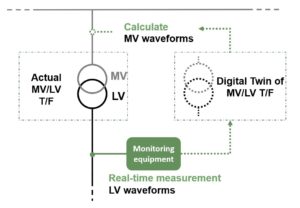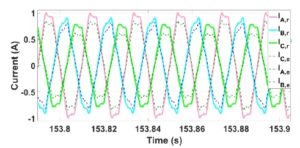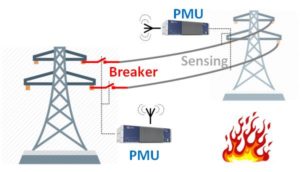March 2022

I am thrilled to announce that the Editors in Chief of the IET Renewable Power Generation (RPG) journal, Prof. Infield and Prof. Tricoli, have invited me to serve as the inaugural Special Issues Editor for this publication. I assume this role immediately and further to those of the Regional Editor for North America and Associate Editor on the subject of Hybrid Renewable Energy Systems for the same Open Access (OA) journal. It is particularly indicative of the Institute’s priorities that this is only the second IET publication in the field of energy and electrical power systems that is assigned with a Special Issues Editor.
Since the decarbonization of the energy sector is an aim long-overdue and particularly complicated, it requires the mobilization of several stakeholders in the academia, the industry and among the decision and policy makers. The role and the positioning of the IET RPG in this discussion is central in bringing stakeholders together as authors, reviewers and adopters of publications disseminating how renewable energy at the microscopic and macroscopic levels can fulfill the clean energy transition.
In my role as Special Issues Editor, I will be soliciting, organizing, overseeing, editing and managing thematic calls for papers at the intersection as also the periphery of IET RPG topics, supporting their Guest Editors and attracting prospective Authors. For those of you who know me, understand that my involvement will be hands-on, the Special Issues will be appropriately curated, and that the Guest Editors will have the full support of the RPG journal staff and the IET organization. I urge you to contact me with ideas and proposals, even though I will also be reaching out to many of you.
As I have stated previously, OA to the concepts and results of academic and industrial R&D is the corner-stone of promoting and disseminating crucial ideas and important scientific results in the times of urgent calls to action. In my view, the OA publications by the IEEE and the IET have been serving this mission with respect to the Authors and their work at the highest level of quality and with a dedicated pursuit for academic excellence. I am very proud to serve publications for both the IEEE and the IET!



